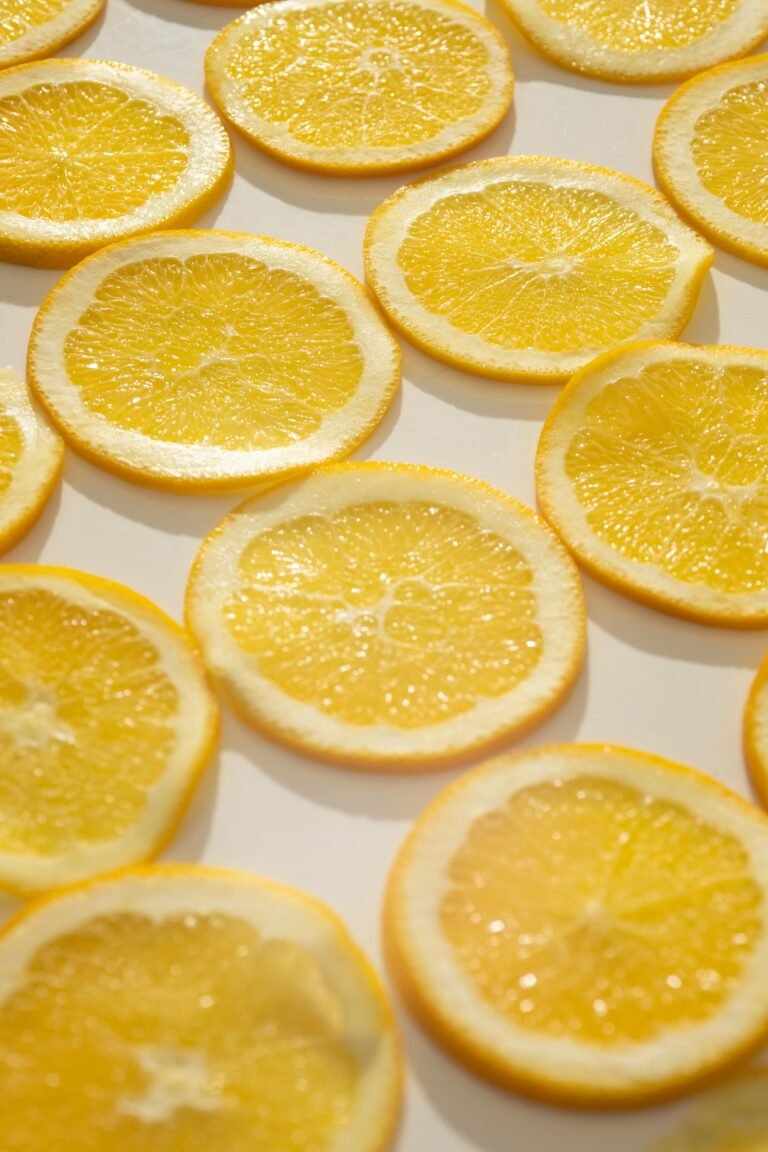How to lose weight by eating larger portions
Understanding how calories work and how we can focus on eating low calorie foods will allow us to eat more food, not forgetting to diet.
This can certainly have health benefits, with increased nutrient intake and weight loss at the same time .
This article wants to explain, above all, what caloric density is.
The caloric density
Calorie density is a measure of the calorie content of food relative to its weight or volume.
It is also called energy density and is calculated by counting the calories present in every 100 grams of food.
Choosing low calorie foods can help with weight loss.
And it will automatically make you eat fewer calories even though portions stay the same or are larger.
Imagine a plate full of food.
If those foods are low in calories, those foods can be eaten.
A vegetable that contains 30 calories per 100 grams has a low calorie density.
100 grams of chocolate, on the other hand, have 550 calories, therefore a very high density.
It is not strange to take into account the calorie density because unlike other useless measurements this can be used to really choose the foods that are less harmful and with which you can lose weight.
Low calorie diet
Eating too many calories is a key factor in weight gain.
Several studies have shown that people who consume low calorie diets are perfect for losing weight.
Conversely, if you eat high calorie foods there is a certain chance of becoming obese.
Low calorie foods contain more water and fiber and less fat.
As already described in another article, the brain is more excited about eating foods that are visually more palatable and therefore more caloric.
But this is about health and those who eat high-calorie foods eat about 500 more calories per meal.
A low calorie diet is ideal for weight loss for several reasons.
To begin with, we focus on whole, natural foods and limit the intake of processed foods.
This is normally combined with an increased intake of protein, fruit and vegetables.
And then you eat more, increasing the sense of fullness.
A low calorie-dense diet includes:
- Less processed foods
- Healthier and more nutritious food
- Lean proteins
- Nutrients such as fruits and vegetables
- Reduced calorie intake.
Low calorie foods:
- Vegetables: These are often made up of just water and fiber
- Meat and fish: made up of lean proteins
- Fruit: water, vitamins and fiber
- Milk and yogurt: it’s enough sugar-free to be protein only
- Eggs: super protein
- Starches: potatoes, legumes or root vegetables
- Sugar-free drinks: sugar-free, fat-free water, coffee and tea, making them very calorie-dense and very easy to overeat.
Conclusions
A low calorie diet plan is probably one of the most effective and also the most customizable ones .
Unlike other diets that favor a certain type of food, here we move the focus towards healthy foods, whole foods.
Also, by choosing foods rich in fiber, you will be less hungry.


























+ There are no comments
Add yours